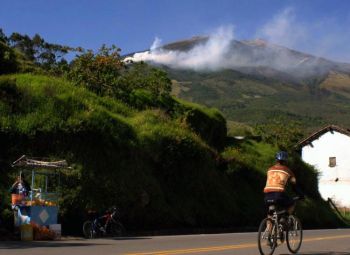
A total of 278 people were evacuated according to an Associated Press report.
Hospitals close to the affected area were requested by the government to prepare medical resources and supplies to be ready to provide immediate help.
The eruption, which spewed gas and ash, has not caused significant damage in the surrounding area, said an official press release.
The government issued alerts to residents in surrounding towns recommending residents stay indoors, avoid panic, remove ash in residential areas, and avoid using bridges after the eruption.
Galeras is considered the one of the most active volcanoes in the country, according to the Global Volcanism Program.
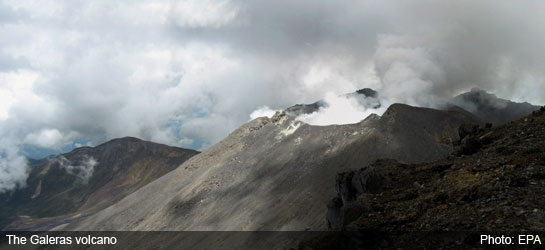
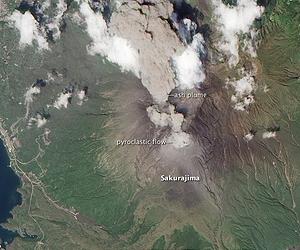

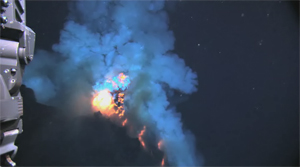
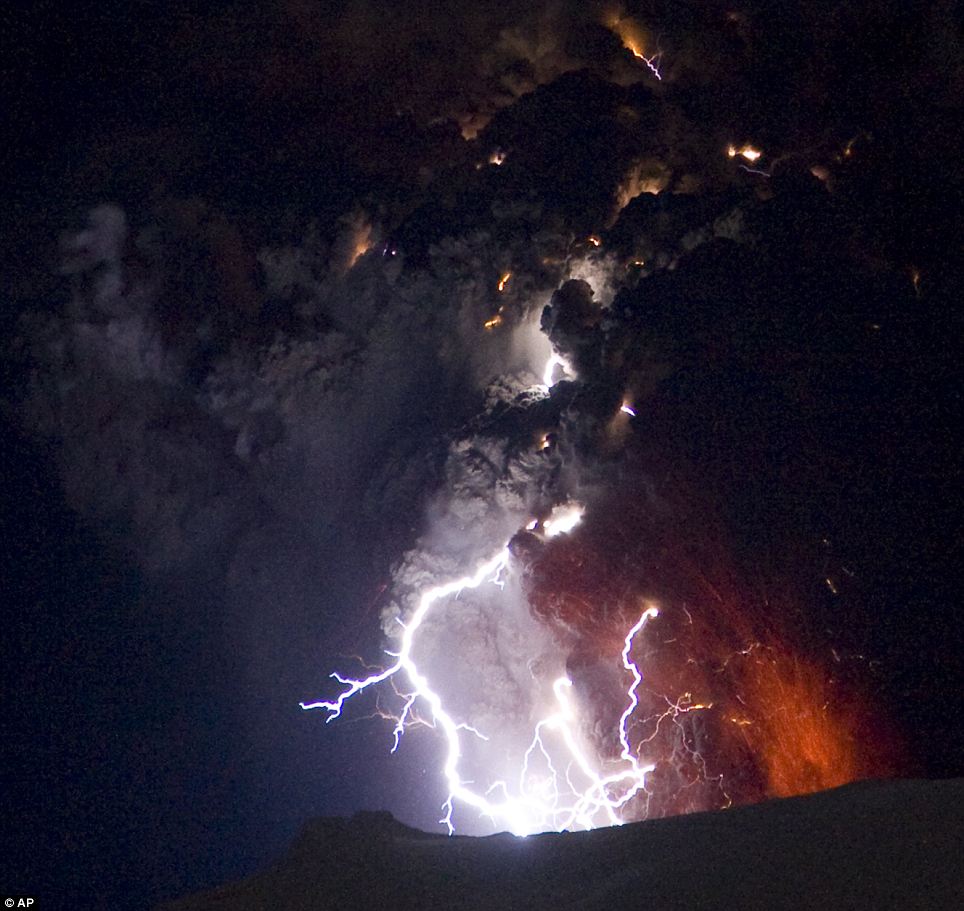
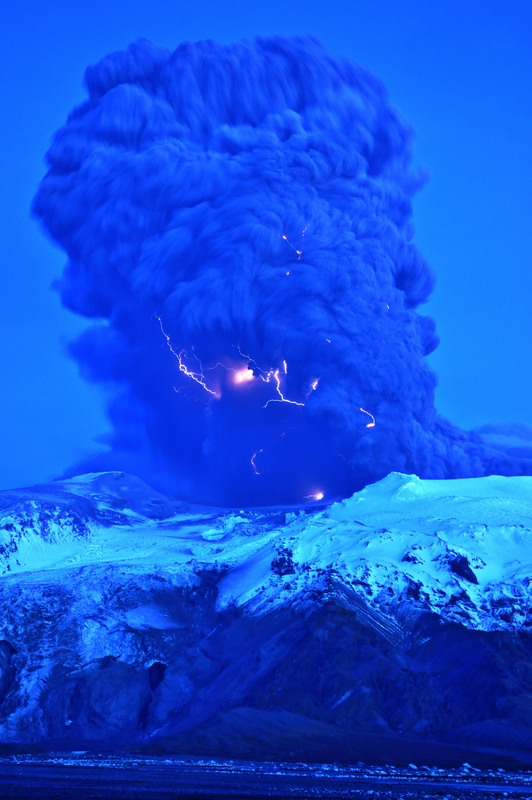

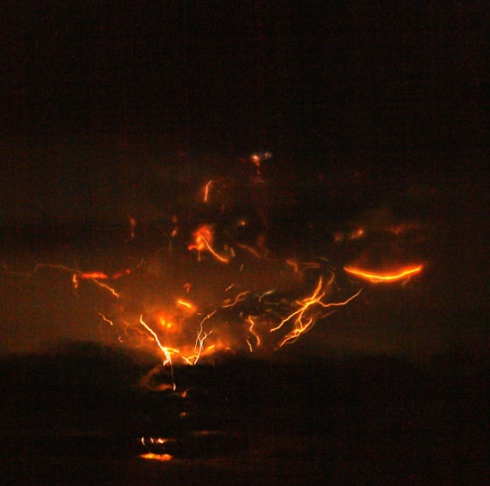



Comment: The jury's still out on whether the eruption of Eyjafjallokull merited shutting down European airspace for six days. While Sott.net leans towards this being an hysterical over-reaction from the point of view of air safety, the event itself is another significant marker as we approach catastrophic climate change brought on by the build-up of comet dust in the upper atmosphere. The marked increase in the number of strong earthquakes and volcanism strengthens our theory that the planet's rotation is slowing down, however slightly, weakening the magnetic field and thus literally "opening up" the planet.
Cosmic Climate Change